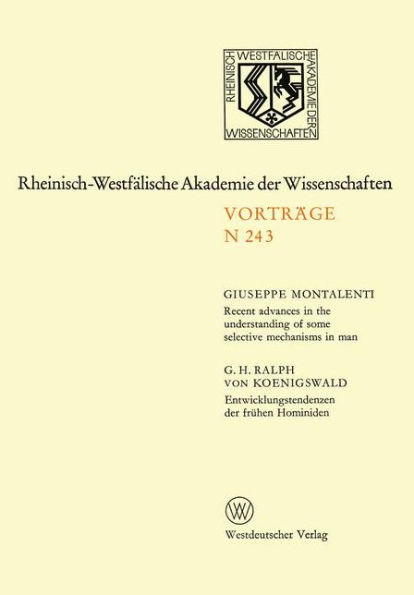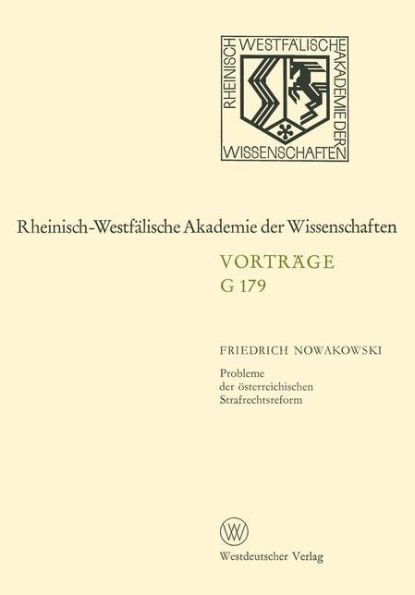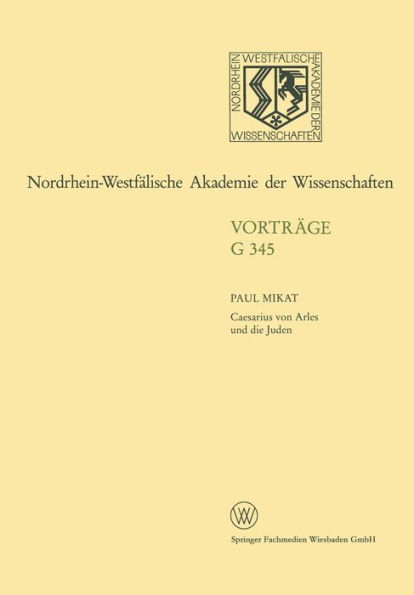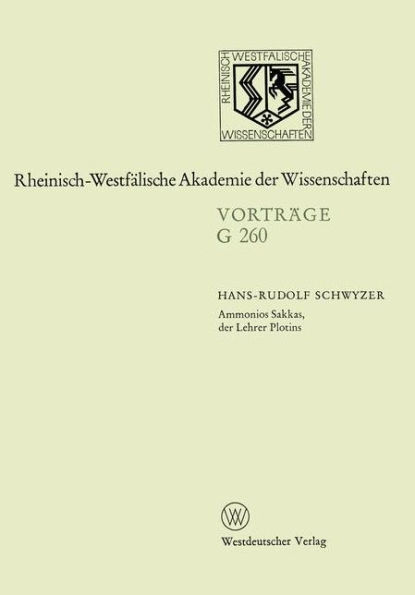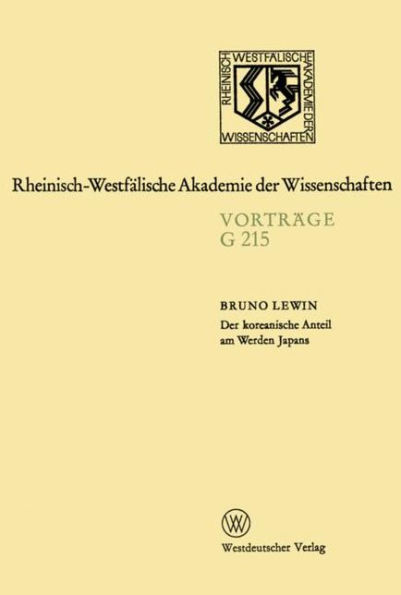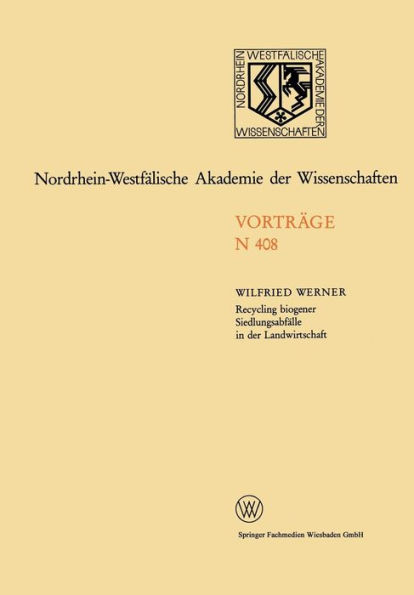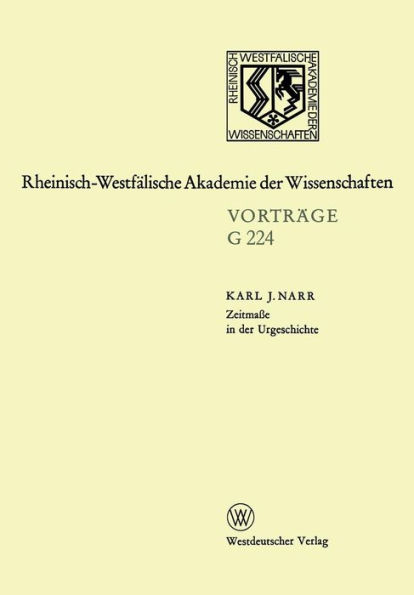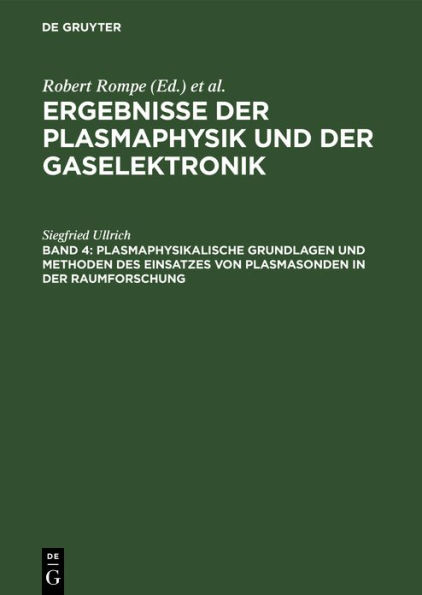Home
Cyclische Peptide als Werkzeuge der molekularbiologischen Forschung. Grundlagen und Anwendungsmöglichkeiten von Chemilumineszenz, der Umwandlung von chemischer Energie in Licht: 224. Sitzung am 3. April 1974 in Düsseldorf
Barnes and Noble
Loading Inventory...
Cyclische Peptide als Werkzeuge der molekularbiologischen Forschung. Grundlagen und Anwendungsmöglichkeiten von Chemilumineszenz, der Umwandlung von chemischer Energie in Licht: 224. Sitzung am 3. April 1974 in Düsseldorf
Current price: $59.99
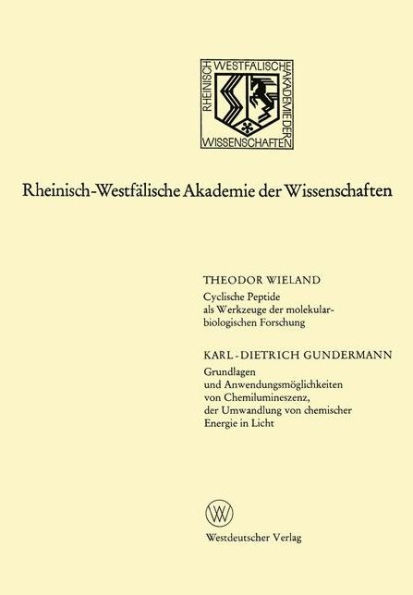
Barnes and Noble
Cyclische Peptide als Werkzeuge der molekularbiologischen Forschung. Grundlagen und Anwendungsmöglichkeiten von Chemilumineszenz, der Umwandlung von chemischer Energie in Licht: 224. Sitzung am 3. April 1974 in Düsseldorf
Current price: $59.99
Loading Inventory...
Size: OS
*Product information may vary - to confirm product availability, pricing, shipping and return information please contact Barnes and Noble
The slowly acting amatoxins bind to the DNA dependent nucleoplas- mic RNA polymerase B (II) which is responsible for the transscription of m-RNA. This enables one to discriminate between form Band polymerase A (I), the enzyme catalyzing r-RNA synthesis, and to recognize all bio- logical events depending on m-RNA synthesis (protein synthesis after hormonal stimulation, growth of certain virus species etc.). Also with the amatoxins is the affinity for the receptor dependent on the conformation, visible by ORD and CD. All of the toxic derivatives are inhibitory, whereas not all of the inhibitory ones are toxic. This descrepancy is, in part, resolved by the observation of nontoxic "amanullins" dissociating more than ten times fast er from the enzyme than toxic ones. The quickly acting phallotoxins bind to a protein closely associated with the cytoplasmic membrane of the liver cell so causing the formation of microfilaments, the nature of which as actin has been proven by deco- ration with heavy meromyosin. Accordingly phallotoxins also bind to muscle actin which in presence of ADP and Mg++ immediately polym- erizes to a phallotoxin containing F -actin (Ph-actin). Ph-actin is also formed from F -actin by re action with phallotoxins. It differs from F -actin by its resistance against 0.6 M KI. Responsible for its toxic properties is the conformation of the molecule as can be followed by ORD and CD spectroscopy and the presence of a special methyl and hydroxyl group.
The slowly acting amatoxins bind to the DNA dependent nucleoplas- mic RNA polymerase B (II) which is responsible for the transscription of m-RNA. This enables one to discriminate between form Band polymerase A (I), the enzyme catalyzing r-RNA synthesis, and to recognize all bio- logical events depending on m-RNA synthesis (protein synthesis after hormonal stimulation, growth of certain virus species etc.). Also with the amatoxins is the affinity for the receptor dependent on the conformation, visible by ORD and CD. All of the toxic derivatives are inhibitory, whereas not all of the inhibitory ones are toxic. This descrepancy is, in part, resolved by the observation of nontoxic "amanullins" dissociating more than ten times fast er from the enzyme than toxic ones. The quickly acting phallotoxins bind to a protein closely associated with the cytoplasmic membrane of the liver cell so causing the formation of microfilaments, the nature of which as actin has been proven by deco- ration with heavy meromyosin. Accordingly phallotoxins also bind to muscle actin which in presence of ADP and Mg++ immediately polym- erizes to a phallotoxin containing F -actin (Ph-actin). Ph-actin is also formed from F -actin by re action with phallotoxins. It differs from F -actin by its resistance against 0.6 M KI. Responsible for its toxic properties is the conformation of the molecule as can be followed by ORD and CD spectroscopy and the presence of a special methyl and hydroxyl group.
